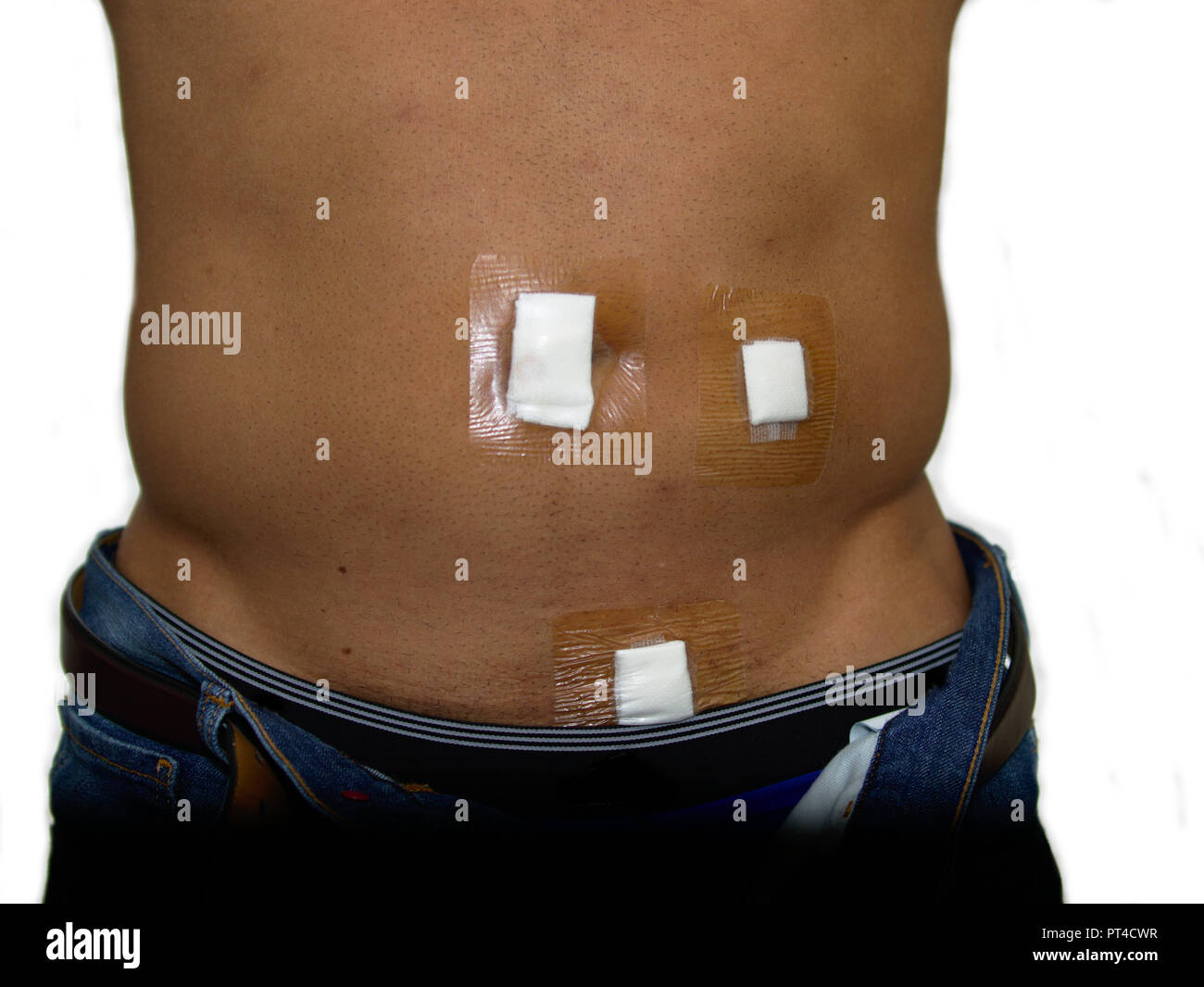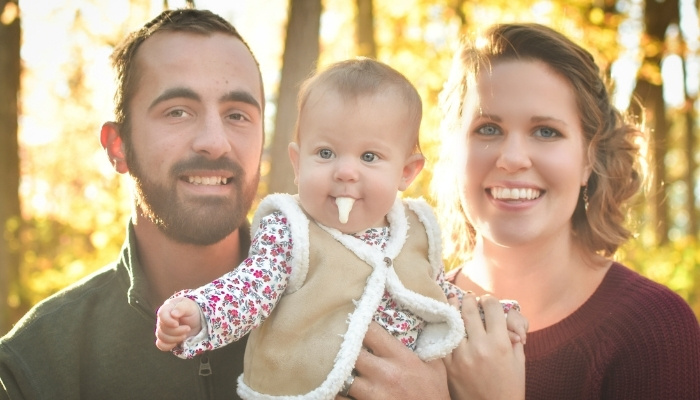Fainting Or Seizure: Get Instant Help & Relief
When an individual suddenly loses consciousness or experiences uncontrolled convulsions, it can be both terrifying and overwhelming for those around them. The immediate concern is often whether the person is having a fainting spell or a seizure, as both conditions require prompt and proper care to prevent complications. Understanding the differences between fainting and seizures, recognizing the warning signs, and knowing how to respond can be crucial in providing the necessary help and relief.
Fainting: Causes, Symptoms, and Response
Fainting, also known as syncope, is a temporary loss of consciousness caused by a lack of blood flow to the brain. The causes can vary widely, including dehydration, low blood sugar, emotional distress, or even standing up too quickly. Symptoms often precede the faint, such as feeling dizzy or lightheaded, nausea, and a cold, clammy skin. If someone is about to faint, they might also experience tunnel vision or hear a ringing in their ears.
Responding to Fainting: - Lay the person down in a cool, well-ventilated area, preferably on their back. If they are unconscious, check their airway, breathing, and circulation (ABCs). - Elevate their legs about 12 inches to help restore blood flow to the brain. - Loosen tight clothing around their neck, waist, or anywhere else that might constrict blood flow or breathing. - Do not give them anything to drink until they are fully conscious. - If the person does not regain consciousness within a minute or two, or if you suspect another serious condition, call for emergency medical help.
Seizures: Types, Symptoms, and First Aid
A seizure is a sudden surge of electrical activity in the brain, which can cause changes in a person’s movements, sensations, or emotions. There are several types of seizures, with tonic-clonic (grand mal) seizures being among the most recognizable, characterized by convulsions and loss of consciousness. Other types include absence seizures, which may cause a brief loss of awareness without convulsions.
Recognizing a Seizure: - Convulsions or stiffening of the body. - Loss of consciousness or a blank stare. - Uncontrolled movements such as twitching, shaking, or jerking. - Changes in sensation or emotions. - Difficulty speaking or confusion after the seizure.
First Aid for Seizures: - Keep them safe: Move any hard or sharp objects away from the person to prevent injury. - Turn them onto their side to keep their airway clear. Do not attempt to hold them down or restrict their movements. - Loosen tight clothing around their neck. - Do not put anything in their mouth. It’s an outdated practice that can cause more harm than good. - Timely medical intervention: If the seizure lasts more than 5 minutes, or if there are multiple seizures without full recovery in between, call for emergency medical help.
When to Seek Immediate Medical Attention
While fainting and seizures can be distinct, there are situations that require immediate medical intervention for either condition: - Prolonged or repeated episodes of fainting or seizures. - Injury during the episode. - Difficulty breathing or experiencing chest pain. - First seizure or if the seizure looks different from previous ones. - High fever, especially in infants or young children. - Signs of infection such as meningitis or encephalitis.
Preventive Measures
Preventing faints and seizures involves addressing their root causes. This can include: - Staying hydrated and avoiding long periods without food. - Maintaining a healthy lifestyle, including regular exercise and a balanced diet. - Managing stress and anxiety through relaxation techniques. - For those with known seizure disorders, adhering to prescribed medication and lifestyle recommendations is crucial. - Regular health check-ups can also help identify and manage underlying conditions that may lead to fainting or seizures.
Conclusion
Fainting and seizures, though distinct, both require a swift and informed response to ensure the individual’s safety and minimize potential complications. By understanding their causes, recognizing their symptoms, and knowing how to provide immediate care, we can offer critical support and relief in these emergency situations. Whether it’s a fainting spell or a seizure, timely and appropriate action can make a significant difference in outcomes, emphasizing the importance of knowledge and preparedness for everyone.
What is the primary difference between fainting and having a seizure?
+Fainting, or syncope, is a temporary loss of consciousness due to a lack of blood flow to the brain, often caused by factors like dehydration or low blood sugar. A seizure, on the other hand, is a sudden surge of electrical activity in the brain, which can cause changes in movements, sensations, or emotions. While both can cause loss of consciousness, their underlying causes and responses differ significantly.
<div class="faq-item">
<div class="faq-question">
<h3>How do I know if someone is having a seizure or just fainting?</h3>
<span class="faq-toggle">+</span>
</div>
<div class="faq-answer">
<p>Look for distinct signs: if the person is experiencing convulsions, stiffening, or uncontrolled movements, it's likely a seizure. If they simply lose consciousness without these convulsions and perhaps had preceding symptoms like dizziness, it could be fainting. Respond appropriately based on these observations, keeping the person safe and potentially calling for emergency medical help if the situation warrants it.</p>
</div>
</div>
<div class="faq-item">
<div class="faq-question">
<h3>Can fainting and seizures be prevented?</h3>
<span class="faq-toggle">+</span>
</div>
<div class="faq-answer">
<p>While not all cases can be prevented, certain lifestyle choices and medical management can reduce their occurrence. Staying hydrated, eating regular meals, managing stress, and adhering to prescribed medications for seizure disorders can help. Regular health check-ups are also crucial for identifying and managing underlying conditions that might lead to these episodes.</p>
</div>
</div>
</div>



